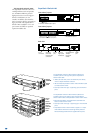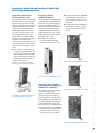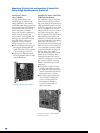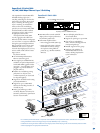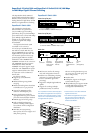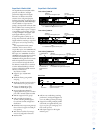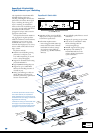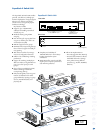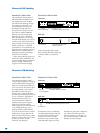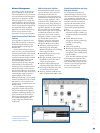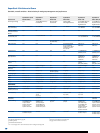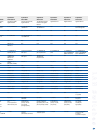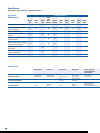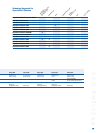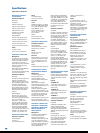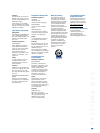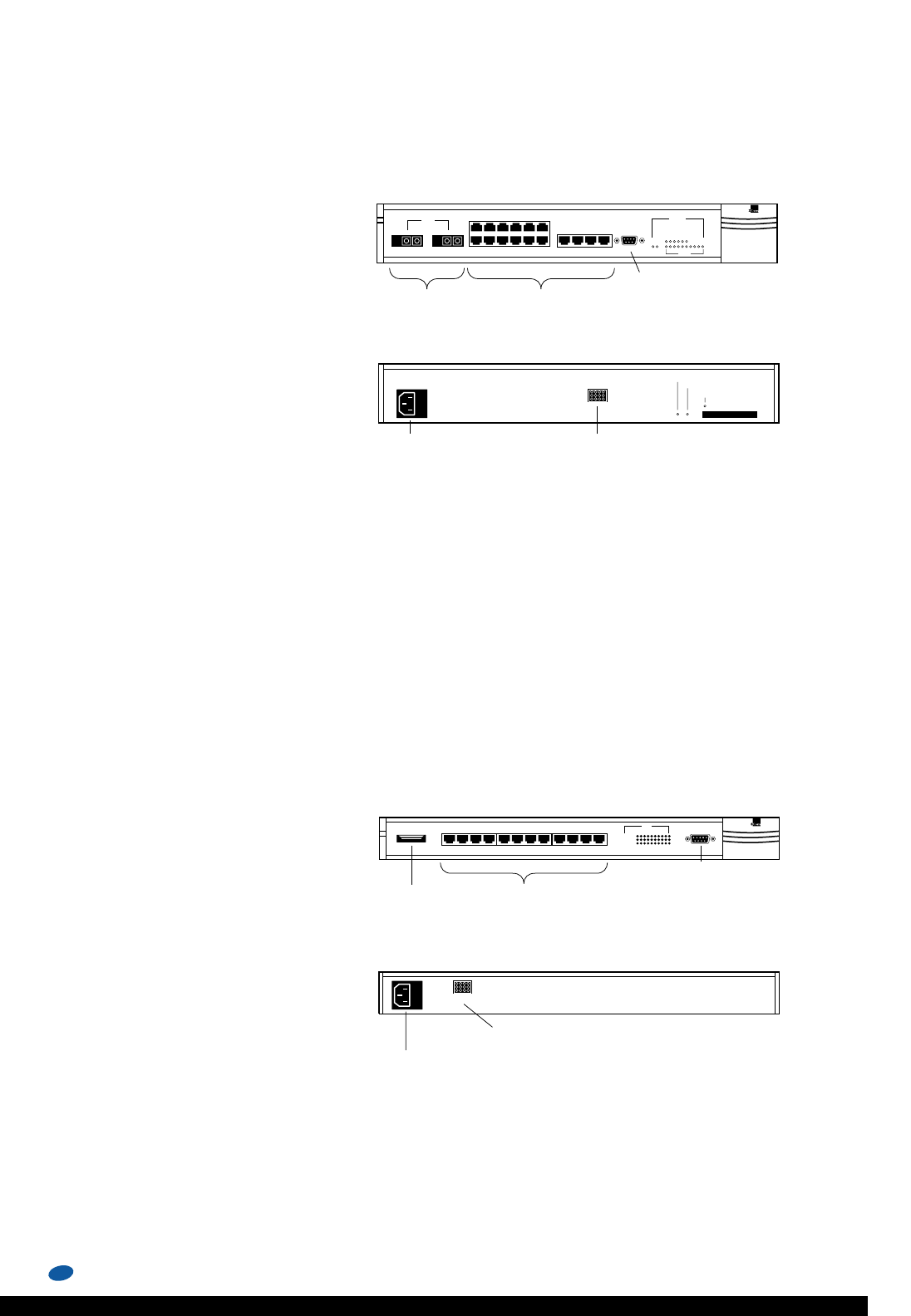
20
SuperStack II Switch 2700
The SuperStack II Switch 2700 is a
12-port integrated Ethernet workgroup
switch with the added advantage of an
ATM port for high-speed backbone or
server connections. The switch is ideal
for workgroups that need increased
bandwidth across Ethernet ports
and also require a high-speed ATM
downlink to an ATM campus backbone
now or in the future. SuperStack II
Switch 2700 future proofs your
network with built-in ATM link
capability, making ATM migration
simple and economical. Ethernet
switching operates even if the ATM port
is not configured, allowing you to
implement Ethernet LAN switching
now and connect the LAN to an ATM
backbone later. You get advanced cell-
based switching without having to make
changes in existing LAN devices, which
protects your current network
investment. The ATM port
SuperStack II Switch 2700
ATM port
OC-3c multimodule
12 switched 10BASE-T/RJ-45 ports
Console port
AC connection
Advanced Redundant Power System connection
Back view
Front view
accommodates an OC-3c multimode
155 Mbps SONET/SDH interface for
local and collapsed backbone ATM
connections, or a DS-3 45 Mbps
interface for wide-area links. Single-
mode ATM offers support over long-
haul distances greater than 2 kilometers.
Two software-selectable options for
Ethernet switching—cut-through and
store-and-forward modes—offer more
flexibility for network design.
Ethernet-to-ATM Switching
SuperStack II Switch 2200
The SuperStack II Switch 2200 is a
full-featured Ethernet/FDDI switch
that employs state-of-the-art RISC
and ASIC-based technology for high-
end workgroup performance and
server/backbone connectivity. The
SuperStack II Switch 2200 is the
price/performance leader in its class.
It provides 16 switched 10BASE-T
Ethernet ports and one high-speed
FDDI port for server or backbone
links. The FDDI port can be config-
ured with DAS, allowing you to set up
a resilient LAN. Advanced switching
features include virtual workgroups for
flexible management, user-defined
packet filters to control traffic flow, IP
fragmentation for optimizing Ethernet/
FDDI transfers, and IEEE 802.1D
bridging for optimizing switching in
various LAN environments.
Elastic packet buffering guarantees a
maximum number of buffers for each
port, dynamically allocating additional
buffers as needed to alleviate port
congestion and minimize dropped
packets during high-traffic periods.
Roving Analysis Port (RAP) allows you
to monitor traffic on any Ethernet
port.
Ethernet to FDDI Switching
FDDI port (DAS/SAS) 16 switched 10BASE-T/RJ-45 ports
Console port
RESET
NMI
INSERTED
AC connection Advanced Redundant Power
System connection
Back view
SuperStack II Switch 2200
Front view



